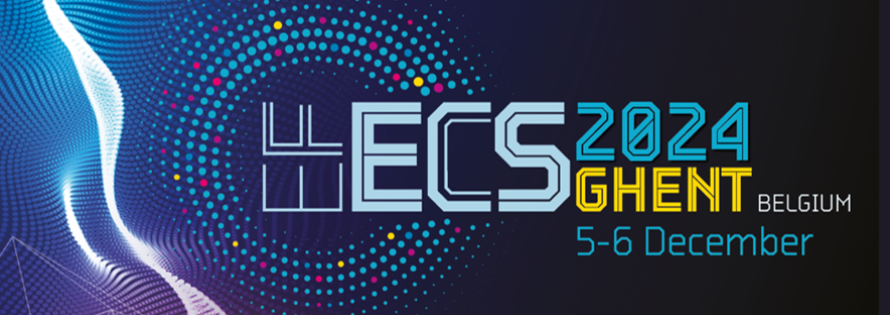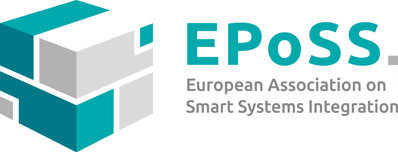
Lars Lust is General Manager Advanced Packaging, Assembly & Test Solutions (APATS) and Executive Director of Swissbit Germany AG. In the context of EFECS 2024 in Ghent, we asked him three questions about the chances Lab-to-Fab Accelerators can create for the EU semiconductor industry.

Question 1: Which outcomes do you and Swissbit as packaging company expect from L2F Acc programme on advanced packaging?
Lust: "We see the development of a European microintegration ecosystem as an important result. In semiconductor integration and especially in advanced packaging, we need a well-developed and competitive manufacturing landscape across the entire value chain. This includes the raw material and substrate industry, equipment suppliers and high-performance service providers for all necessary integration and test techniques.
We see the development of cost-effective and easily accessible cutting-edge technology as key to reducing development costs and rapidly providing solutions and products. We are one of the last advanced packaging companies in Europe and we see the growing demand and believe in the competitiveness of European companies. We are evidence of this and there is no reason for us to relocate production for cost reasons."
Question 2: How would the L2F on advanced packaging help to enhance the competitiveness of EU semiconductor industry?
Lust: "The problems in Europe are the lack of platforms for collaboration, the insufficient networking of skills and the strategic alignment of technologies along a roadmap. This leads to many individual solutions being implemented with too many resources. We can no longer afford this for the next generation of microintegration.
Rather, we have a need to create disruptive, fast and cost-effective solutions for a variety of applications through our own concepts from a community. L2F can provide such an ecosystem from early concept studies to industrial use and maintenance in a collaborative way and by sharing resources."
Question 3: Which components, technologies and services do you see missing in the European electronics supply chains? Which gaps need to be closed and why?
Lust: "We miss substrate technologies from Europe and integration techniques for chiplet-based packages in small and large quantities. Test strategies must be developed across the entire supply chain and test capacities must be provided. We still have the basic capabilities in Europe, but we must now quickly build a credible and competitive industry to maintain or even expand our sovereignty and the share of manufacturing capacities in Europe. Advanced packaging, with all its necessary components, will play a more central role in microelectronics in the future. Now is the opportunity to regain a successful role in the industry from Europe for the global demand."
Share on
